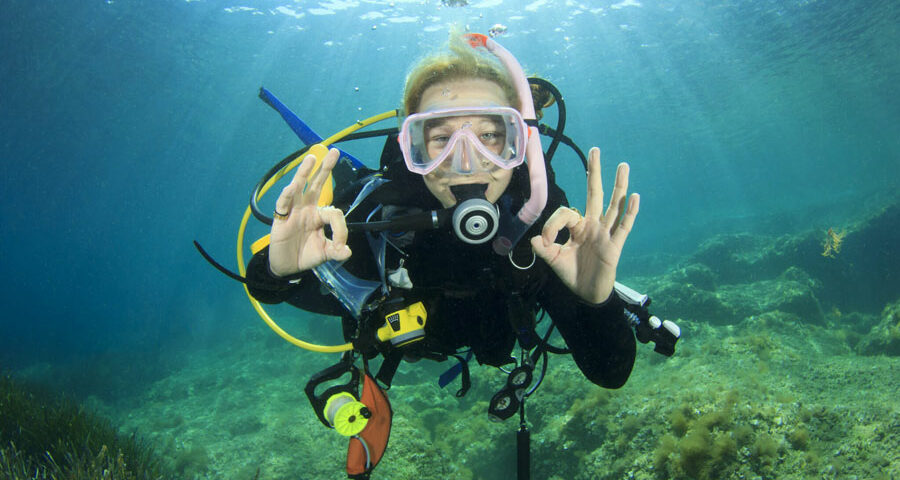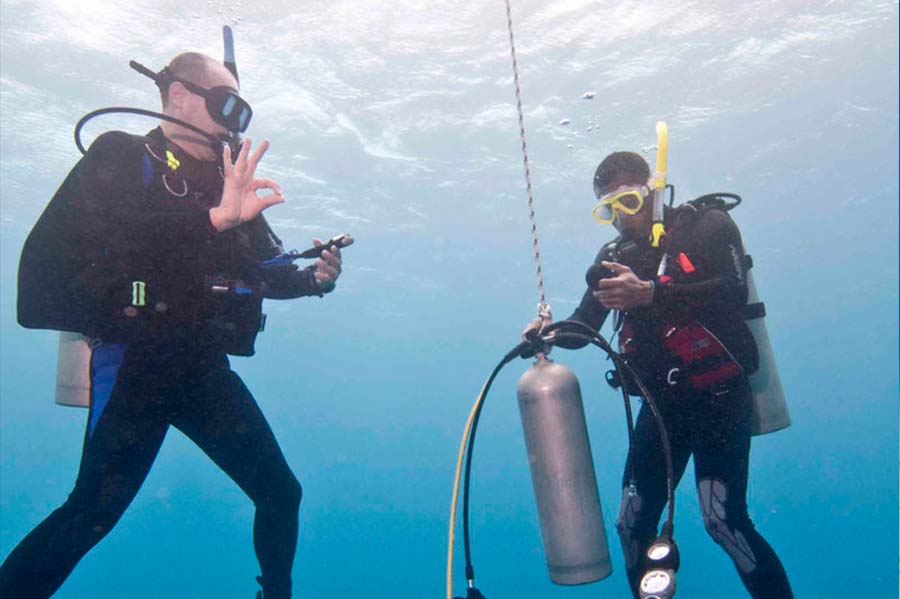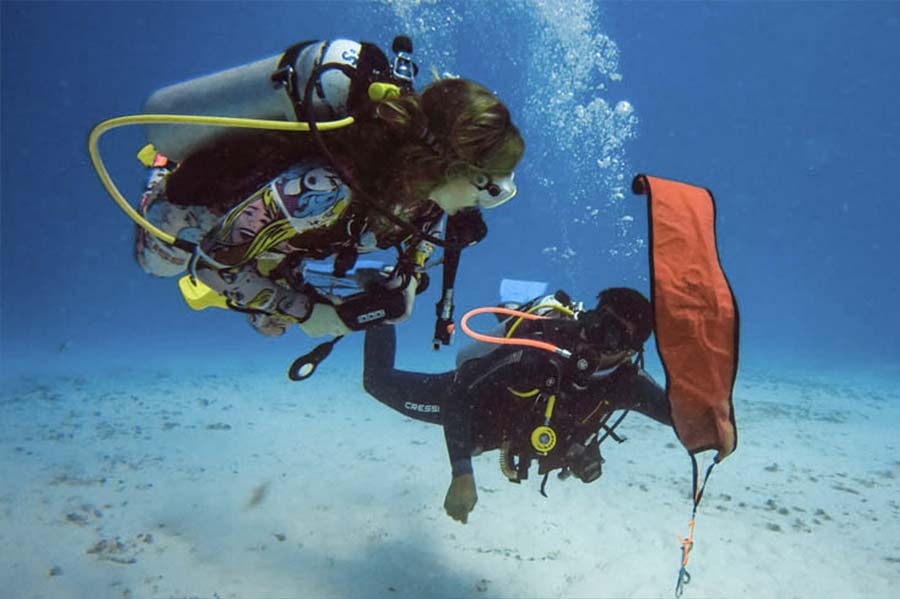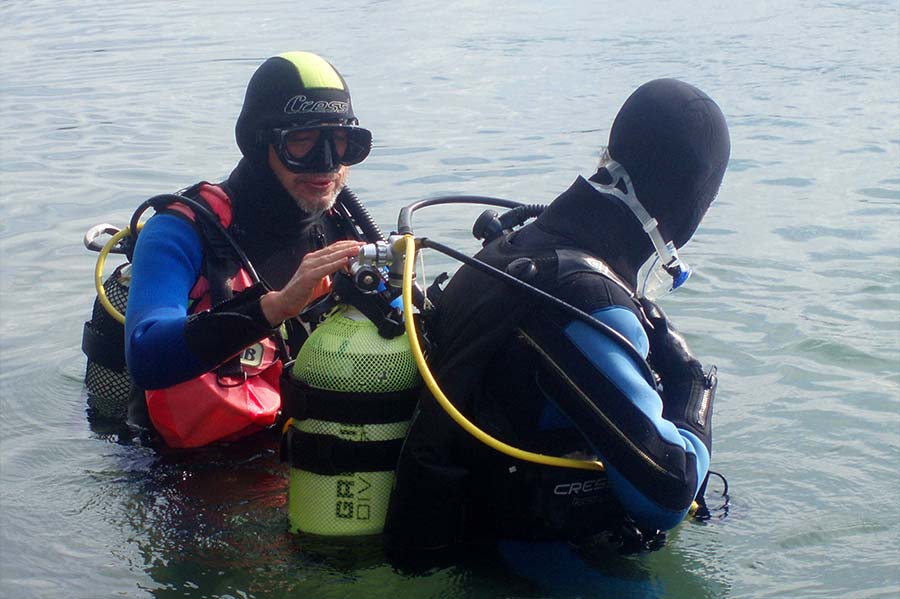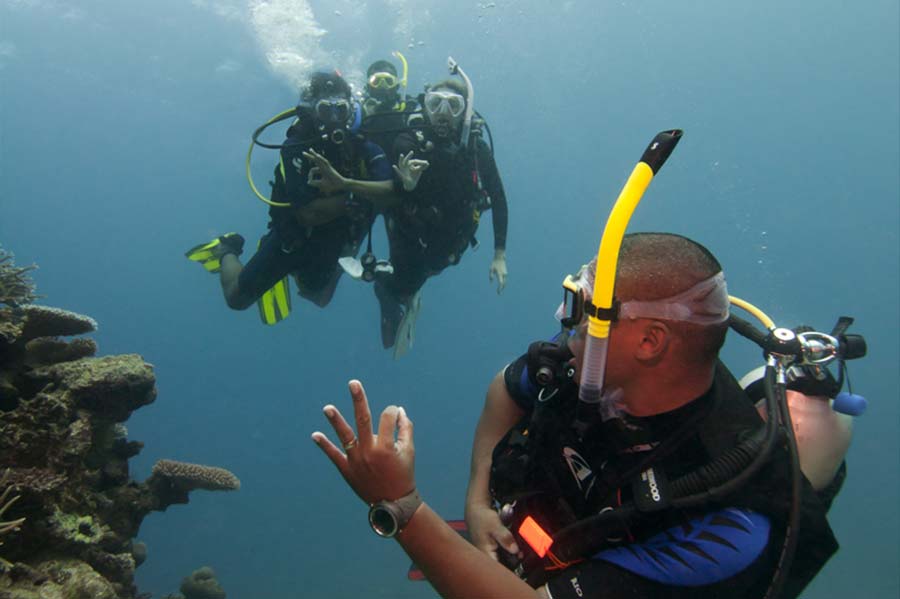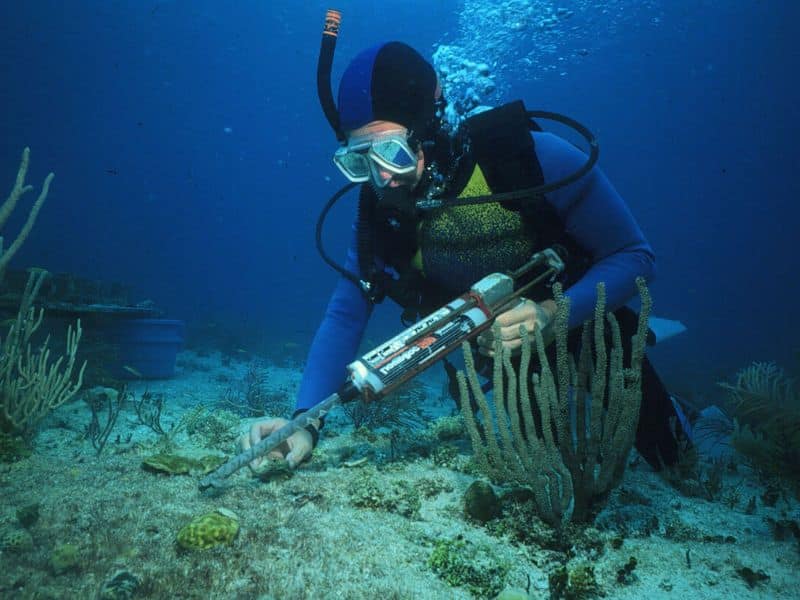1. How safe is scuba diving?
1.1. Scuba Diving Safety Vs Other Activities
According to the latest DAN’s 2019 worldwide report, only 162 deaths related to recreational underwater diving were counted during 2017.
Seventy of them happened in the U.S. and Canada. The difference corresponds to the rest of the world. According to the CDC, about 90 people die every day in the U.S. from traffic accidents. Literally, taking your car to the mall is more dangerous than scuba diving.
The same goes for other daily and recreational activities as having a baby, or running. It does not mean divers should relax. Knowing which aspects jeopardize scuba diving safety allows us to improve processes and reduce risks.
This is the objective of the DAN report that indicates the triggers in the few accidents recorded.
1.2. Which Aspects Put Scuba Safety at Risk?
Running out of breathing gas 41%
According to scuba diving safety practices, it should never occur. In fact, this problem is easy to solve just by managing the gas supply properly. Divers have to be aware of the gas available all the time and finish the dive with gas remaining in the tank.
Entrapment 21%
Diving in a cave, wreck, or under ice involves proper scuba diving safety training, experience, planning, and gear, because you are diving in an environment where you do not have direct, vertical access to the surface. In DAN’s words, “The way to decrease the risk of this trigger is simple: don’t enter closed environments without being qualified and prepared to do so.”
Gear problems 15%
In these cases, the gear did not fail or was not defective.
What really happened was the diver made mistakes due to unfamiliarity with the equipment, improper maintenance, or incorrect settings.
Dr. George Harpur, an experienced dive researcher, states: “Unlike in technical diving with sophisticated equipment, in recreational diving, we are not able to document a single case in which equipment malfunction directly caused the diver’s death or injury. It was the diver’s response to the problem that resulted in the pathology.”
The rest of the accidents had the following triggers
– Rough water 10%
– Trauma 6%
– Flotation 4%
– Buoyancy 4%
– Inadequate gas 3%




